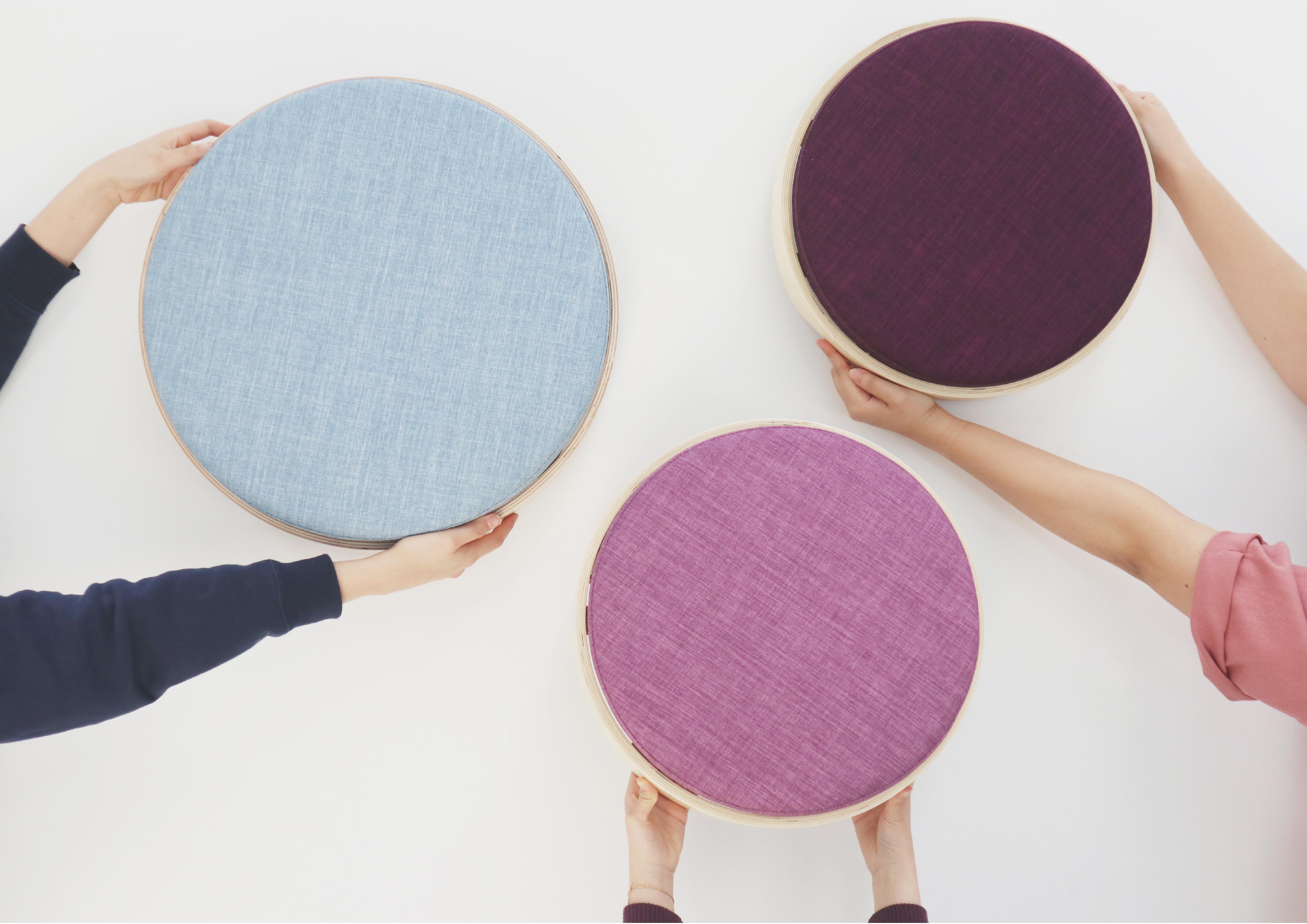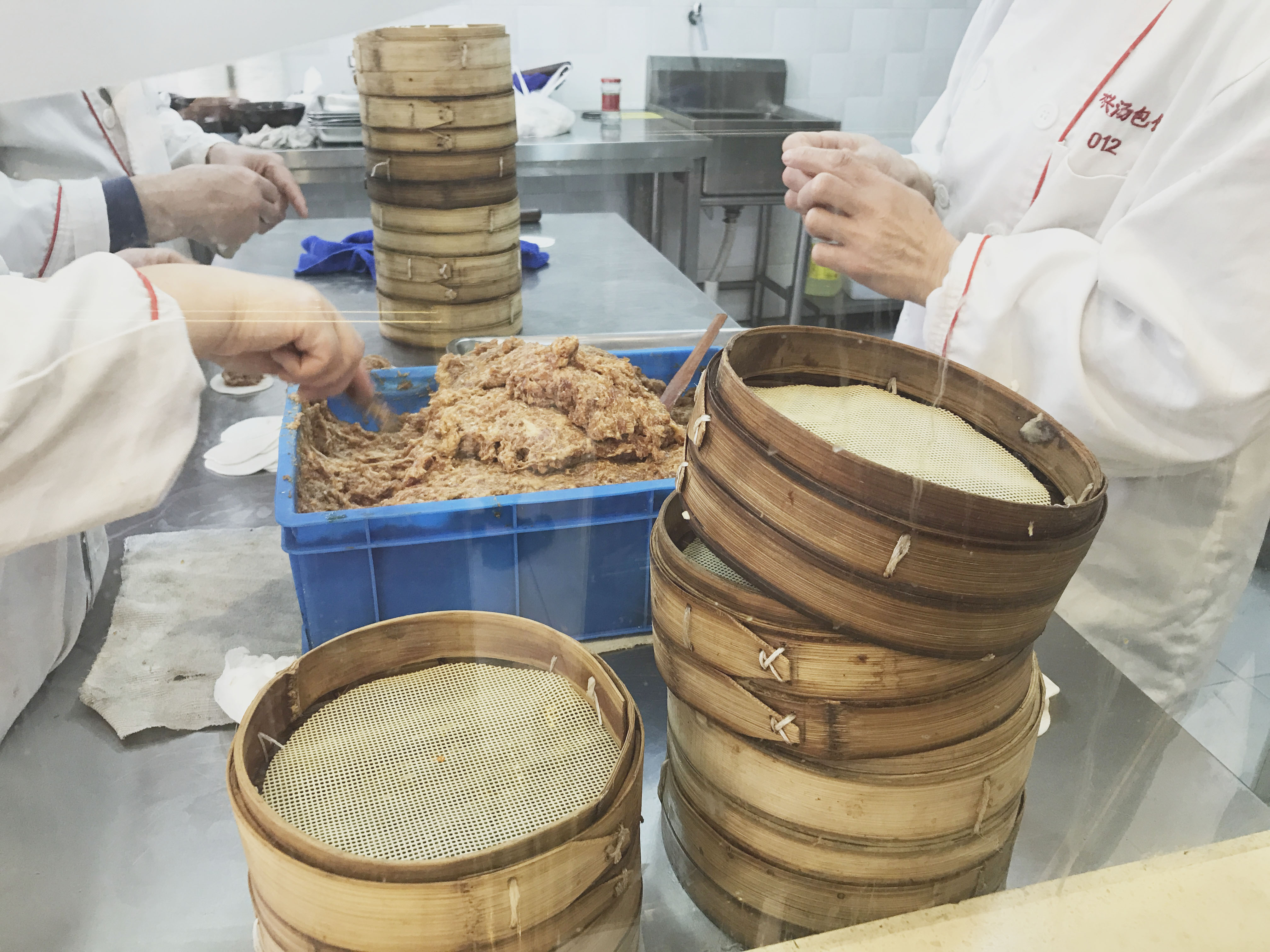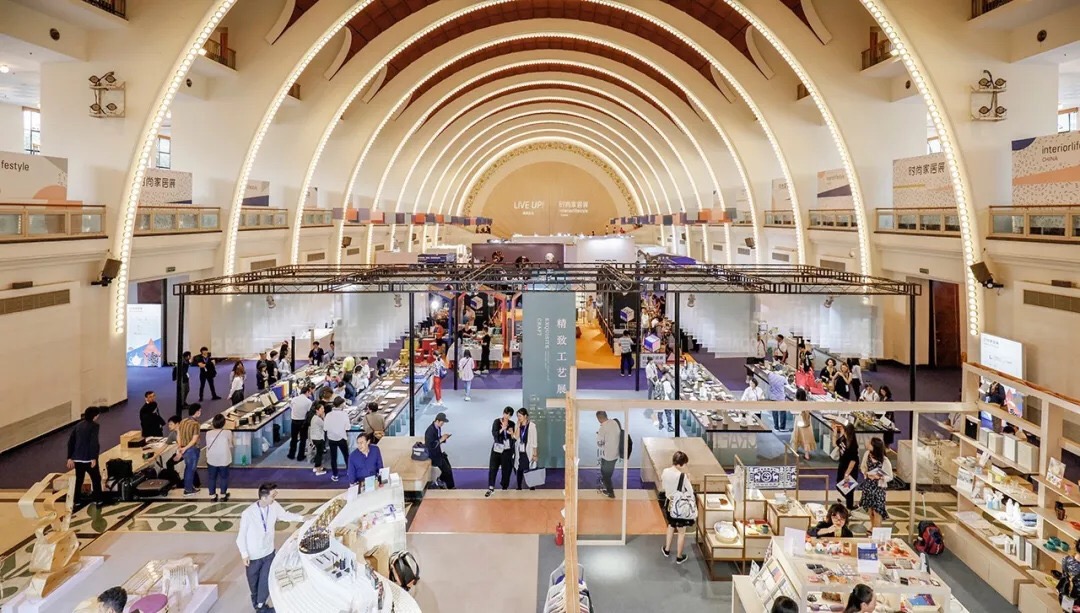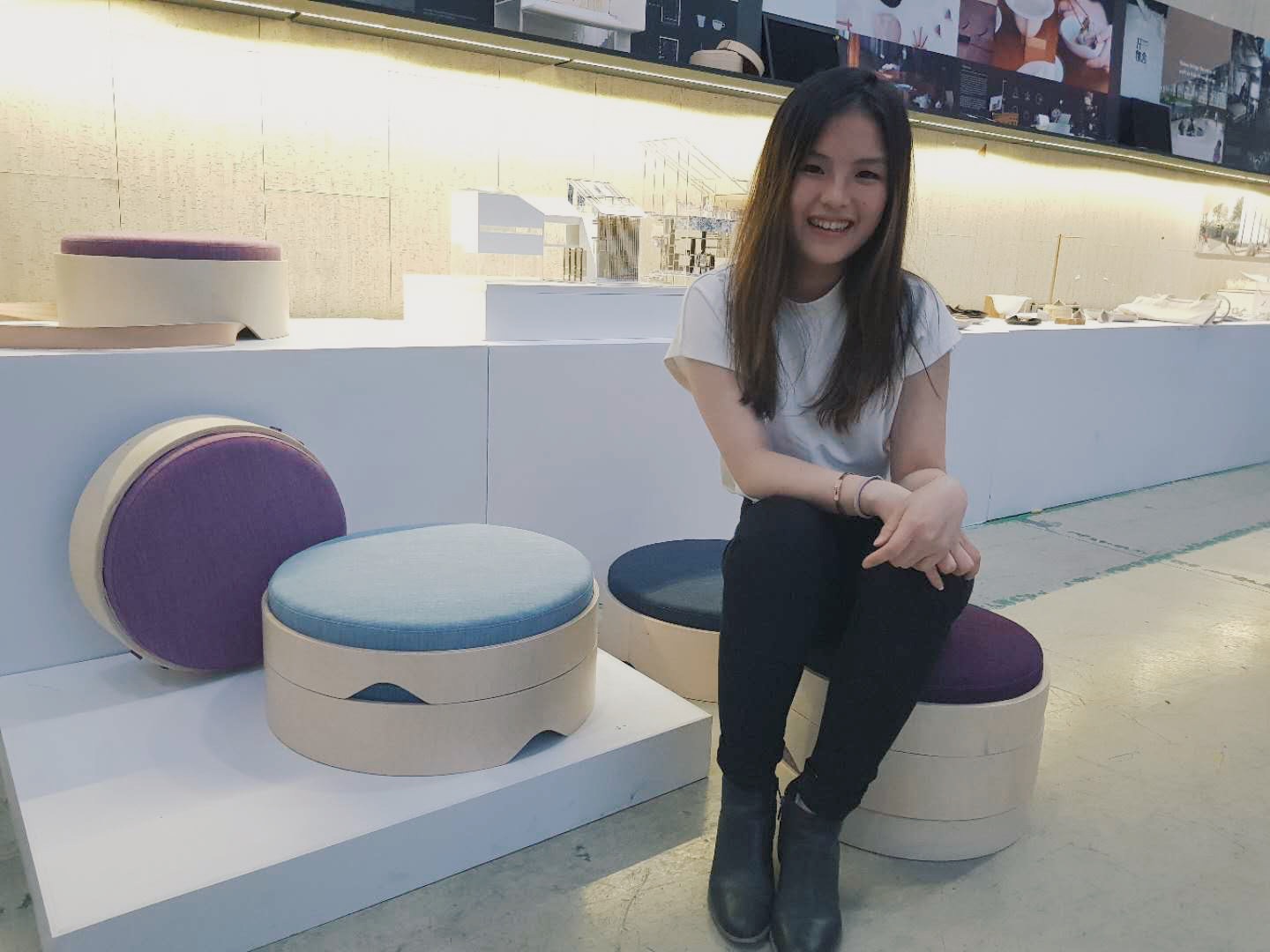It was an amazing opportunity to be part of the FUTURE CRAFT China study away program. Coming from Indonesia, I grew up surrounded by different cultures and crafts.
I’ve learned to appreciate craft from a very young age, receiving my first Batik painting lessons when I was in the 2nd grade. As technology is starting to advance, more and more traditional craft is being replaced by machines, to produce larger quantities at lower costs. FUTURE CRAFT aims to revive craft traditions and create social impact for artisan communities in Shanghai, Jiangsu, and Zhejiang provinces.
Being in Shanghai, I was surrounded by the technological advances of the city. The fast-moving city was so advanced a lot of traditional craft were slowly being left behind. Most artisans we visited were saying that although their craft was passed down to them from previous generations, they believe it will die with them because their children were not interested in learning and continuing the tradition. Seeing this change in mindset made me realize how much technology has affected my generation. I realized I needed to find a way to be able to bridge the generational gap to allow craft to stay relevant in people’s lives today.
I was particularly inspired by the traditional Chinese steamer. Every day, my classmates and I would walk to the studio, making a stop at the Baozi place. The Baozi, traditional Chinese dumpling, was the typical to-go breakfast of the city. The place was a little stand and there was always a long line. Each person would get 1-3 dumplings. Even with their little space, they rarely run out of dumplings to serve. They consistently made new dumplings and served the ones that were ready in stacked steamers. This saves them time, space and allows many dumplings to stay warm all at once. The idea then occurred to me that saving time and space, is not only needed for this dumpling stand, but in many homes of today, as living spaces gets smaller and more expensive. I created a stackable stool system inspired by the simple technology of the steamer. I called it STACK.
During our time in Shanghai, we got to experience Shanghai Design week. I was really inspired by the amazing local and international works that were showcased. There were all sorts of things, from new materials, concepts on the future design, to iconic pieces of furniture. Little did I know that later that year, my STACK stool would be exhibited amongst others in the same place. It was so surreal to hear the news. My stool was exhibited in WIEE in August, then China International Furniture Fair in September, along with the Exquisite Crafts exhibit that same month.
I believe that although technology is always advancing and new ways of thinking are constantly formed, returning to old ways of doing things may be beneficial and more efficient sometimes. Currently, a lot of bamboo steamers are being replaced by metal ones. They last longer and cost less since they are not handmade. I designed my stool in a way that will allow bamboo artisans with skills of making the steamer to be able to continue performing their craft for a different, more modern, purpose. My goal is so that their craft continues, even if it takes a different form. It was an incredible experience working with an amazing ArtCenter faculty, Dan Gottlieb, Penny Herscovitch, and David Mocarski, as well as the local artisans around Shanghai. I believe that FUTURE CRAFT is a reminder and a calling to not forget things of the past, but to draw inspiration from them, for better things of the future.
Amanda Sutanto is a spatial designer originally from Jakarta, Indonesia. She is currently pursuing an Environmental Design degree at ArtCenter College of Design, LA. She enjoys telling stories and creating immersive experiences through the design of a space. She loves the idea of taking people into different worlds through design and believes in designing for the human-centered experience.
She finds her inspiration through travel, hearing new cultures, and learning new traditions and ways of life that is foreign. She bringing those things back to the studio, interpreting them through forms, colors, and patterns. She believes that design provides for a way for life that is engaging, enjoyable, and exciting.



